As is the case with most types of succulents, Crassula Perforata is easy to care for. So, it is not only a lovely plant to grow for looks, it is also an easygoing plant to grow. Let’s learn more about this plant and how it will fit right into your garden space.
How to Identify Crassula Perforata
Cute as a button is an eponym that could be applied to most succulent plants; but Crassula Perforata, aka String of Buttons, truly lives up to the label. Its tiny button-like leaves are piled into a pagoda shape that leans slightly for dramatic flair. For every devotee of succulent gardens, these plants should be an essential part.
Where Does Crassula Perforata Grow?
This succulent is a native of South Africa. It loves dry, arid climates such as is found in the desert regions of this country. It also thrives in gritty, sandy soil and rocky slopes.
Uses of Crassula Perforata
These are the perfect plants to use as ground cover. They will thrive in areas where the soil is grainy and the landscape is steep and rocky. They can also be used as decorative foliage in hanging baskets or any container. So, really, they are an ideal plant for indoor décor or outdoor ornamentation.
How to Grow Crassula Perforata From Seed
While this method for growing a Crassula Perforata is not the method most gardeners recommend, because it doesn’t a good rate of success, it can be done. It is simply a matter of planting the seeds in a well-draining soil designed for succulents. Then, it will need a little water and plenty of sunlight.
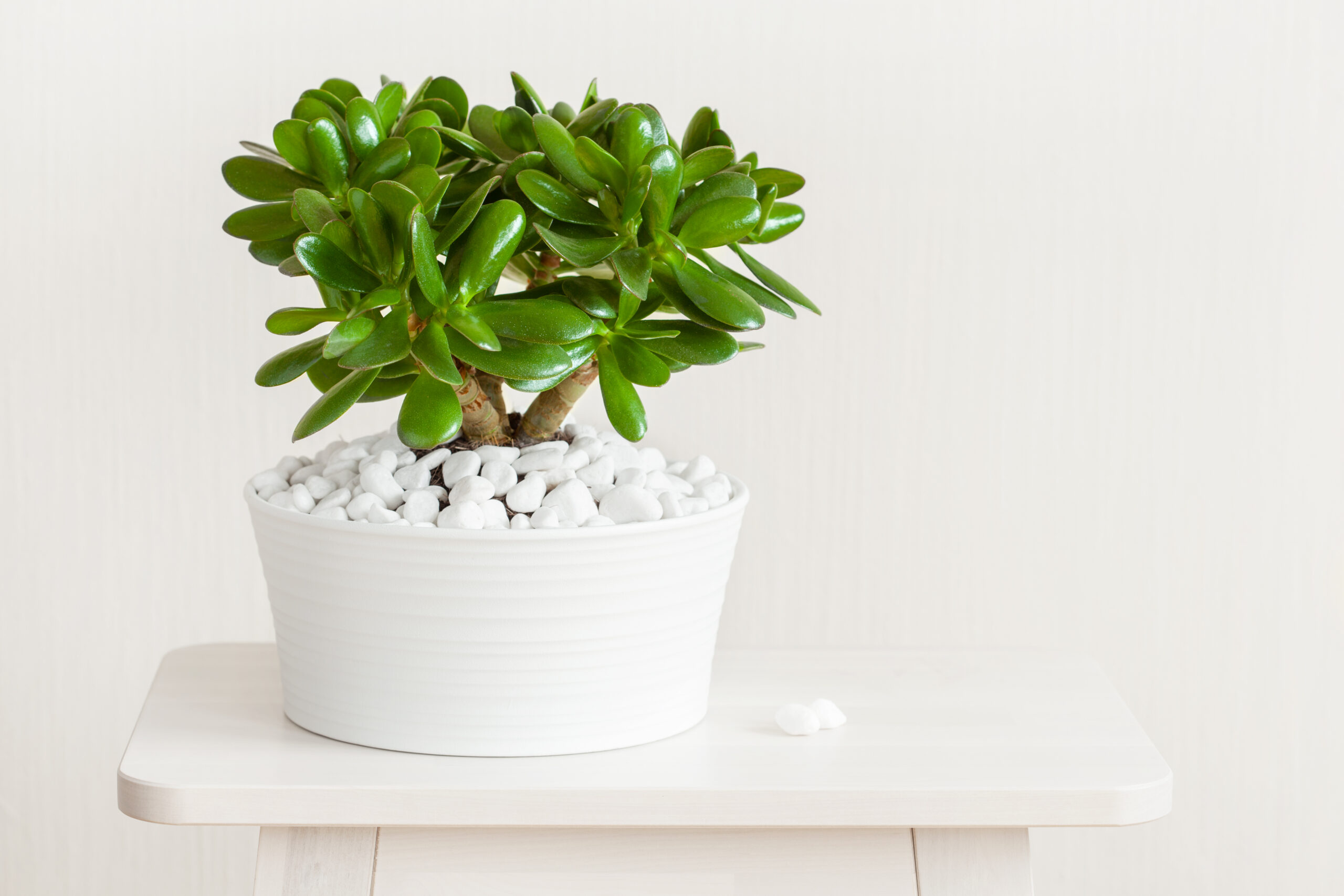
Crassula Perforata Growing Conditions
There are several factors to consider when deciding where to place a Crassula Perforata. To grow well, it is going to need the right type of sunlight, heat, and soil.
Cold weather is no friend of Crassula Perforata plants. This means that you need to find out which Hardiness Zone and Heat Zone you live in before you decide where to plant these succulents. Crassula Perforata thrives in USDA Hardiness Zones 9 to 12 and Heat Zones 1 – 12.
If you live in these zones, you can plant these in your outdoor garden without worrying about too much cold and rain. However, if you do not live in these zones, it is best to plant these succulents in containers that can be carried indoors during cold and rainy seasons.
Similar to nearly all other types of succulents, Crassula Perforata plants require soil that drains well. Usually, this type of soil is sandy or loamy. Potted plants will do well in soil that is a 2:1 cactus mix and perlite combination.
When to Plant Crassula Perforata
It is best to plant Crassula Perforata during the spring and summer months when it is warm and sunny. This will help keep it healthy and growing.
How to Plant Crassula Perforata
These succulents are really easy to propagate and plant. This makes them a great way to fill a garden space quickly. If you are interested in adding to your garden or giving away extra plants to friends and family, follow these guidelines to propagate your Crassula Perforata.
- Cut off a healthy stem that includes full leaves
- Dry the stem for one or two days
- Dip the stem in a rooting hormone (this is an optional step but it does promote new growth)
- Place the stem in a pot filled with potting mix that drains well
- Place the potted stem in a spot that does not get direct sunlight
- Water the soil when it gets dry
After these steps have been completed, your planted stem should grow roots in about two weeks and be fully rooted in six weeks. The fully rooted plant will not need as much watering and can start the process of being acclimatized to more sunlight.
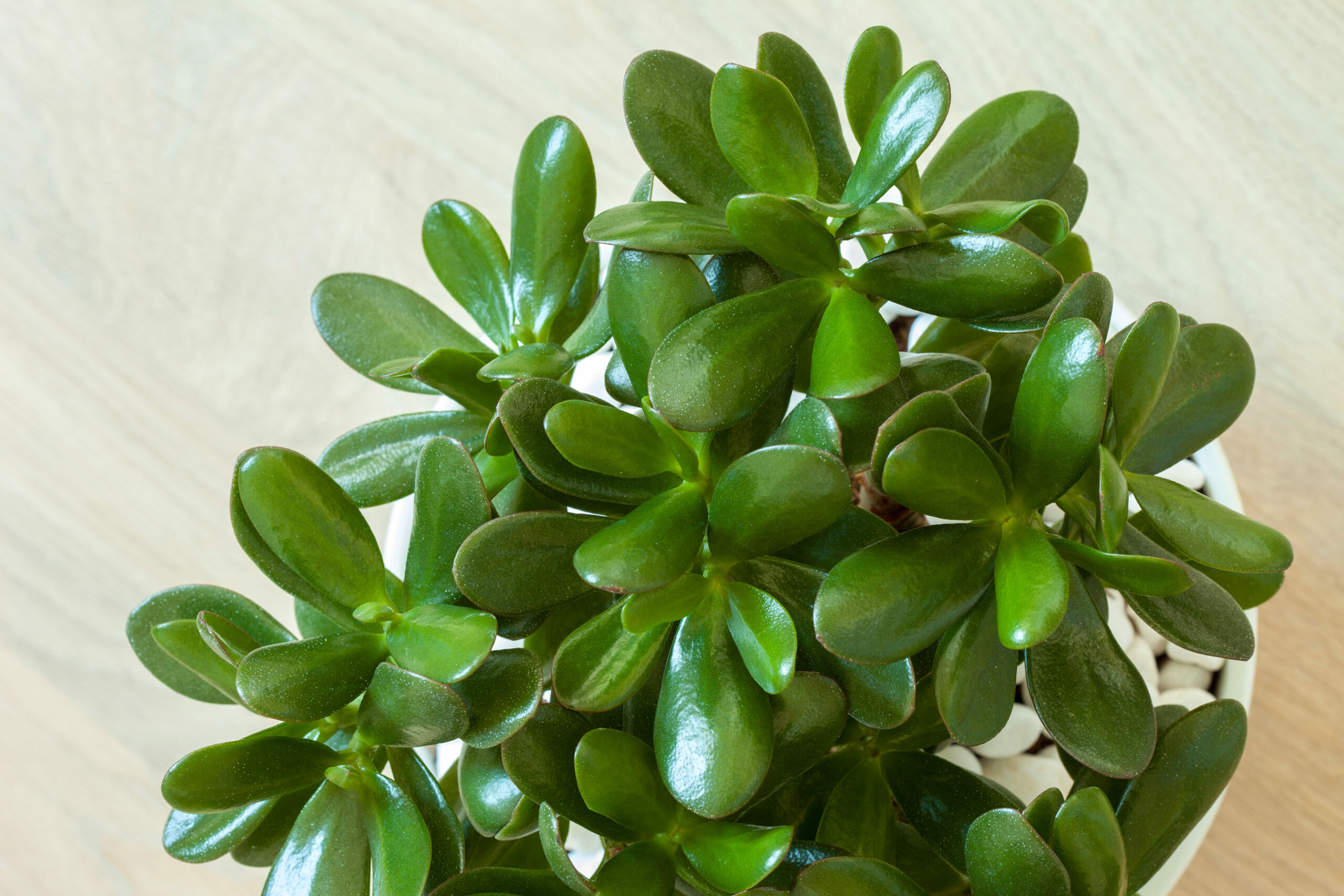
Crassula Perforata Water Requirements
Just like nearly every other succulent, Crassula Perforata can easily get root rot if it is overwatered. To prevent this from happening, following these guidelines:
- Only water the plant when the soil around it is dry.
- Avoid getting the plant leaves wet when watering them.
- If the plant is in a pot, set the pot in water for fifteen minutes so it can soak the water through its root system. After this, allow the excess water to drain from the holes in the bottom of the pot.
- If the plant is outside in the ground, water the soil around the plant until it is well soaked.
Crassula Perforata Sun Requirements
Be sure your Crassula Perforata plant is set in a place where it can get 6 hours of full to partial sunlight each day. Indoor plants should be placed in an east-facing window, if possible. If there is no place inside with adequate amounts of sunlight, try using a grow light. Outdoor plants should be placed in partial sun. These plants can tolerate full sun when they are mature and well-established but do better in partial sun. Always acclimate your plant before sticking outside in the full sun because it can easily get sunburnt.
If you see that your plant is elongated or weak, it may be going through the process known as etiolation. This is a sign that your plant is not getting enough sunlight. If you see your plant turning a rosy pink color, this is because it is getting a lot of sunlight. This is not a problem, it is simply a process of healthy stress that causes some types of succulents to turn colors. Just watch that the plant isn’t getting too dry or burnt.
Best Crassula Perforata Fertilizer
These succulents are not fussy about feedings; they simply do not need much fertilization. However, a little fertilization during the growing season can help assist with growth and flowering. If you choose to fertilize your Crassula Perforata, follow these guidelines:
- During the growing season, use the only ⅓ to ¼ strength fertilizer every other week. It is recommended that a succulent fertilizer that is control released to be used rather than a liquid fertilizer.
- When the plant is young, use a fertilizer that is low in nitrogen
- When the plant is mature, use a 20-20-20 soluble fertilizer
- Only fertilize a Crassula Perforata during the growing season (Spring)
Best Crassula Perforata Companion Plantings
Perhaps you are looking for a companion or an alternative for your Crassula Perforata. There are other succulents that look similar and require similar care that will fill either of these positions. Here are just a few options.
Crassula Socialis
This succulent looks so much like Crassula Perforata that they are often confused with one another. For this reason alone, they are a perfect alternative. Let’s look at some of the other things they have in common.
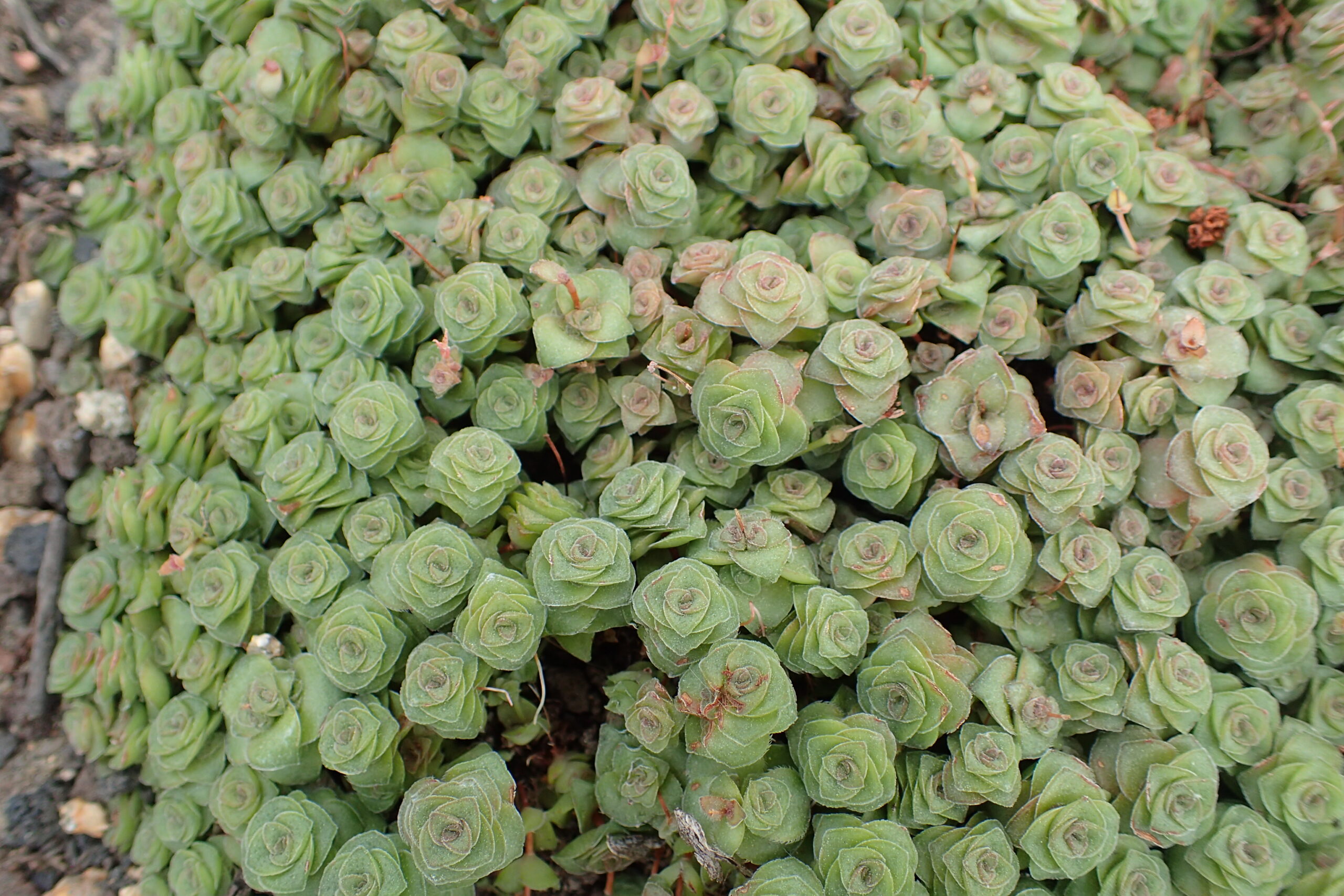
- Both are drought resistant
- Both grow in Hardiness Zones 9 to 12
- Both require sandy or loamy soil that is well-drained
- Both require watering only when the soil around them is dry
- Both grow well in partial sun
- Both are easy to propagate
Crassula Capitella ‘Red Pagoda’
This is an extremely beautiful succulent that will complement your Crassula Perforata perfectly. It also has a pagoda shape, hence its nickname, and healthy stressors will cause it to turn a brilliant red. Here are some other reasons why this succulent is a great partner for Crassula Perforata.

- Both are drought tolerant
- Both attract butterflies and hummingbirds
- Both are easy to propagate
- Both grow well in partial to full sun
- Both require sandy or loamy soil that is well-drained
- Both require watering only when the soil around them is dry
- Both grow in Hardiness Zones 9 to 12
Crassula Ovata ‘Jade Plant’
If you are looking for something absolutely stunning to set next to your Crassula Perforata, then the Crassula Ovata is the ideal plant of choice. This beautiful and delicate-looking succulent is going to add charm to any garden, whether indoor or outdoor. While this succulent does not have a similar look to the Crassula Perforata, it does have plenty of similarities that will make it a great alternative or companion. Below are a few reasons why you should get one of these.
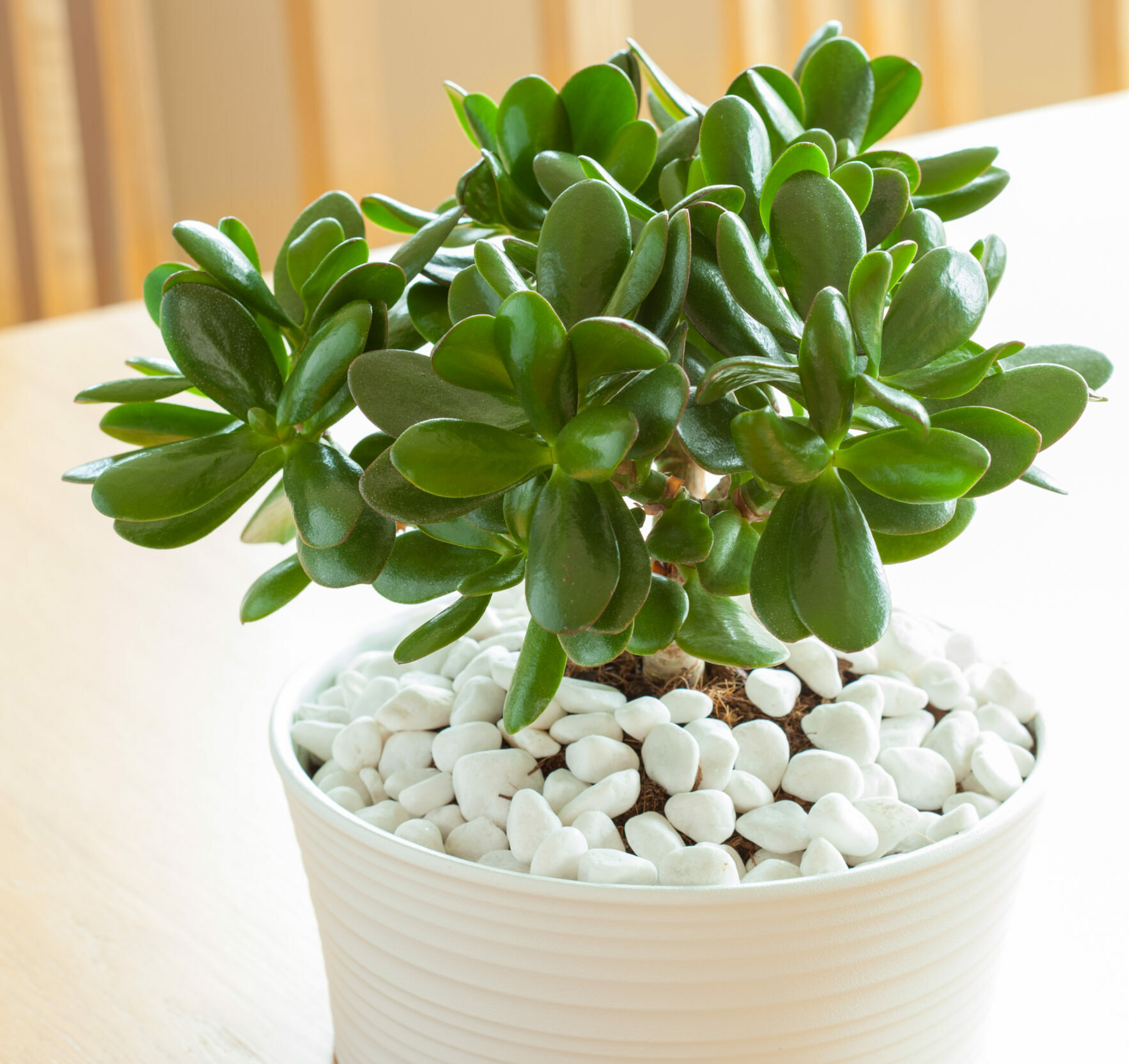
- Both grow in Hardiness Zones 9 to 12
- Both grow well in partial to full sun
- Both require sandy or loamy soil that is well-drained
- Both require watering only when the soil around them is dry
- Both are drought tolerant
Crassula Perforata Diseases and Common Problems
While this little succulent is hardy, nearly free of disease, and can deal with a lot of tough weather, it still has a few issues from time to time. The best way to care for your plants is to learn what they suffer from most and how to treat these ailments. With the care of your plants in mind, here are some of the most common problems affecting Crassula Perforata.
Sunburn
Yes, Crassula Perforata loves the sun, but it is still possible for it to suffer from too much exposure.
Drought
Again, this seems like a strange thing for a succulent to struggle with. Crassula Perforata is drought tolerant and should have more trouble with overwatering than underwatering. That is true, but succulents still need a drink, especially if they are outside facing a fierce and full sun all day long.
Surplus Saturation
This is a typical issue for any succulent; they are just so easy to overwater.
Crassula Perforata Treatments and Maintenance
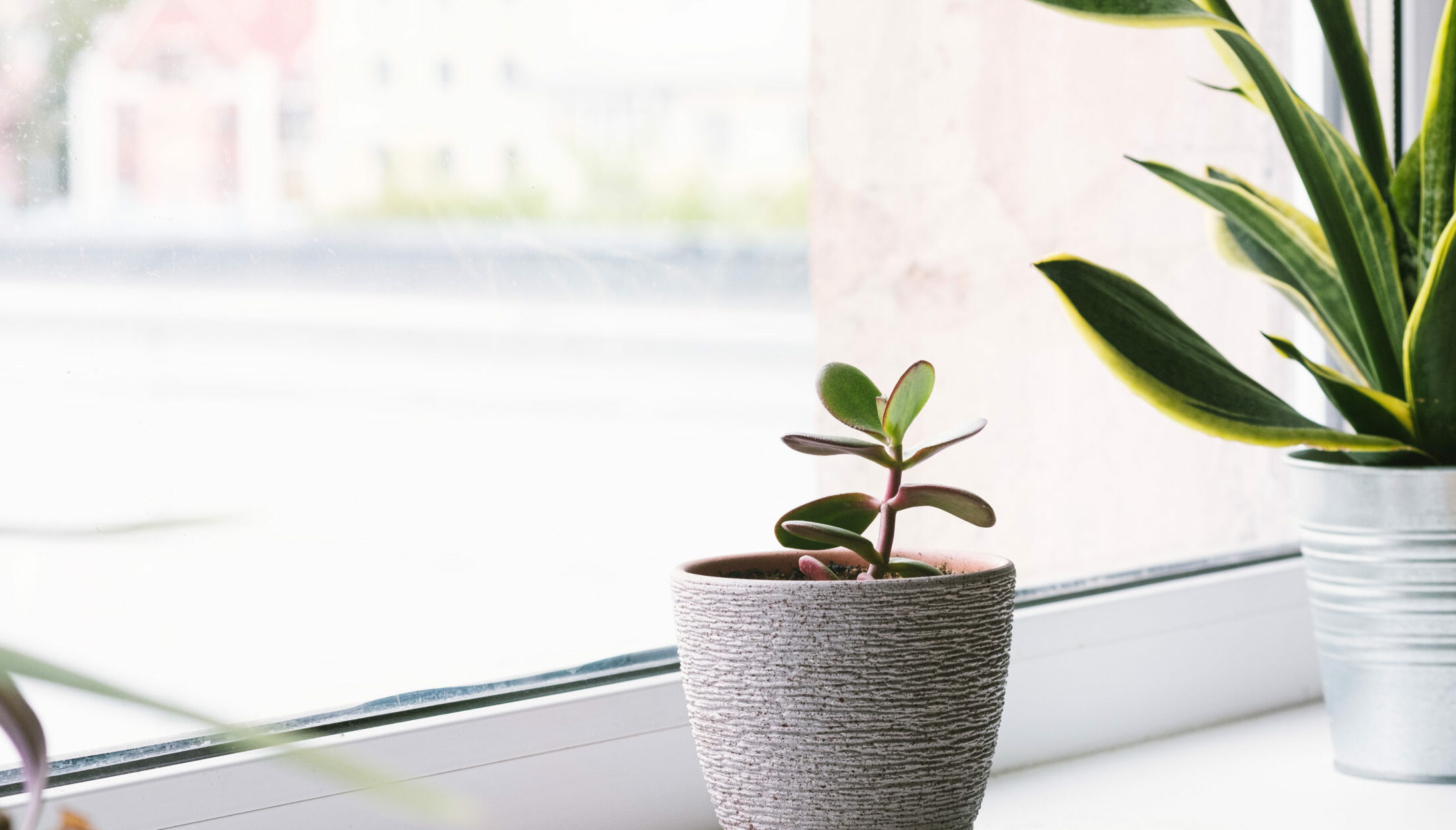
Sunburn
If you notice that your plant is turning brown and looks dry, it could possibly be dealing with sunburn. To fix the problem, move the plant to a shadier area. Also, it is important to acclimatize these plants to the sun if they have been sitting indoors over the winter or they are new growth.
Drought
If you notice that your plant has shriveled leaves that look dry and feel flat, it’s time to give it a drink. Start by soaking the soil around the plant without watering the leaves. A little water should invigorate it in a few days.
Surplus Saturation
If you notice that your Crassula Perforata plant has brown leaves that are mushy and transparent, then it is probably oversaturated with water.
Fixing an overwatered succulent is far more difficult than fixing a dehydrated and sunburnt succulent, but it should at least be attempted. Begin by turning off the water. Don’t give the plant any more liquids until it and the soil have fully dried. If the plant is in a container, move it to a place that will allow the excess water in the container to drain. If the plant is in the ground, it is going to be a difficult thing to fix and unless your weather patterns dry out the soil quickly, you may end up needing to replace your succulents.
Crassula Perforata Repotting Instructions
Repotting a Crassula Perforata is a simple task. Just follow these steps:
- Select a container
- Fill the container two-thirds full with a succulent potting mix
- Place the plant on top of the potting mix
- Fill the remainder of the container with potting mix
- Check that the plant is stable and set in the potting mix
- Water the soil
- Place the plant in a spot that will get indirect sunlight until it acclimatizes to more sunlight
Where to Buy Crassula Perforata Seeds Online
This plant is common enough that you can easily order seeds online. Try one of these online succulent shops:
Where to Buy Crassula Perforata Plants Online
There are a lot of online shops that sell succulents so don’t get overwhelmed. Here are the top ten shops for purchasing a Crassula Perforata plant online.
- Succulent Market
- Succulents Box
- Harddy
- Fairy Blooms
- Leaf & Clay
- The Succulent Source
- SMG Succulents
- Arid Lands Greenhouses
- Mountain Crest Gardens
- Etsy
FAQs
Question: Will Crassula Perforata plants Bloom?
Answer: Yes, they can produce blooms. These usually appear in the Spring and are typically white or yellow. However, just because these plants can bloom doesn’t mean they will. If you want to give your Crassula Perforata plant more of a chance to bloom, then try working through these steps.
- Get a mature plant since only mature plants can produce blooms. A plant that is at least three years old is considered mature.
- Give your mature plant plenty of light all year around.
- Provide your mature plant with day and night temperatures. Succulents like Crassula Perforata need to be in varying temperatures to encourage them to bloom. Make sure your plant experiences different temperatures during the daytime and the nighttime. To encourage outdoor succulents to bloom, nighttime temperatures should range between 50- and 55-degrees Fahrenheit; whereas, indoor succulents should experience nighttime temperatures that range between 60- and 65-degrees Fahrenheit.
- Provide your mature plant with seasonal temperatures. Summer and Winter seasons should feel different for succulents that are being encouraged to bloom. Let these plants enjoy the warm sunny weather during the summer, but prepare for keeping them cool and dry during the winter. Indoor plants should be kept in a non-heated room during the winter; whereas, outdoor plants should be left in temperatures just above freezing.
- Provide your mature plant with food. Usually, Crassula Perforata does not need fertilizer, but if you want it to bloom, this is one of the best things you can do to encourage it. Only fertilize them during the growing season and only give them a quarter or half doses every other week.
There is still no guarantee that Crassula Perforata will bloom even after following these steps, but it is the best way to encourage them to bloom. It is at least worth trying.
Question: Are Crassula Perforata Plants Toxic?
Answer: Fortunately, these are not known to be toxic.
Concluding Thoughts
As you research more types of succulents it becomes more obvious how fun and easy these plants are to grow and how beautiful they are to use as decorations. Succulents such as Crassula Perforata are perfect little packages of natural wonder that anyone can keep. In fact, it is a great idea to keep a few of these around, they are certain to cheer up your day and enliven your living space.
Research Citations
- Epic Gardening
- Succulents HQ
- Wikipedia
- Debra Lee Baldwin
- Succulent Plant Care
- Succulents and Sunshine
- The Spruce
More related articles:
- 5 Best Hanging Succulent Varieties That Are Must-Haves In Your Garden
- Ceropegia Woodii Variegata (Variegated String of Hearts) How To Grow Them Lush
- Disocactus Anguliger (Fishbone Cactus): How To Propagate and Grow
- Lophocereus Marginatus (Mexican Fence Post Cactus) - January 10, 2022
- Best Cactus Fertilizer Guide - January 9, 2022
- Selenicereus Grandiflorus (Queen of the Night) - January 3, 2022


